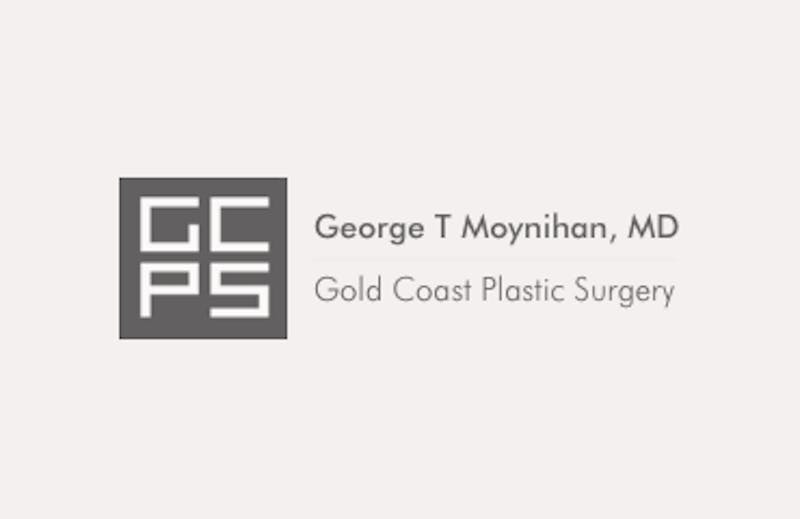
Anyone who’s been treated by today’s best plastic surgeons may be convinced plastic surgery is a recent invention. The fact is modern plastic surgery wouldn’t be where it is today without the pioneers of yesteryear.
Read on as we explore history’s groundbreaking plastic surgery procedures that paved the way for the advanced methods used by the new millennium’s best plastic surgeons.
The Ancient World
In India around 800 BC, Indian physician Sushruta was the first to perform true reconstructive plastic surgeries. Recognized as the “Father of Surgery” and the “Father of Plastic Surgery,” Sushruta developed various surgical methods, including the use of forehead tissue to correct nasal deformities. These procedures laid the foundation for today’s treatments, making him the ancient world’s best plastic surgeon.
From the Classical Era to the Middle Ages
In the 1st century BC, the Romans performed simple cosmetic surgeries to correct ear defects. The accurate anatomical studies of encyclopedist Aulus Cornelius Celsus would also later prove relevant to the development of more advanced plastic surgery techniques.
In 750 AD, during the Abbasid Caliphate, Sushruta’s writings were translated into Arabic. These translations then found their way into Europe.
The Early Modern Era
In the 1400s, Italy’s Branca family discovered Sushruta’s techniques. With this knowledge, Antonio Branca, the best plastic surgeon of his time, began performing an early version of what we know today as the nose job a.k.a. rhinoplasty.
Branca’s technique involved making a nose-shaped incision in the arm, attaching the arm to the face by stitching the nose-shaped tissue to the nose defect, then allowing the nose-shaped tissue and nose defect to merge through healing. After eight to ten days, the tissue was cut from the arm, setting the arm free and allowing the nostrils to be reconstructed.
The best plastic surgeon of the 1500s, Gaspare Tagliacozzi, not only improved Branca’s technique, but also popularized it so that it saw widespread use in Europe.
The Modern Era
In the late 1700s, surgeons rediscovered one of Sushruta’s techniques in his book, “Sushruta Samhita.” This would lead to the next groundbreaking plastic surgery development: the skin graft.
In the procedure, the shape of a leaf was cut into the forehead, then lifted to create a flap. This flap was then inverted over the nasal defect to form new nasal tissue, thereby reconstructing the nose.
Then, in 1869, the best plastic surgeons of the era, Paris’ Jean Casimir Felix Guyon and Geneva’s Jacques Reverdin, began developing enhanced skin grafting techniques, some of which are still in use today.
The 1900s
The First and Second World War saw the invention of even more advanced plastic surgery techniques. During World War I, the best plastic surgeons developed a new skin grafting method known as “tubed pedicled graft.” This entailed cutting a mass of tube-shaped tissue out of a source site, then grafting said tissue onto the area in need of treatment.
Two of the best plastic surgeons of the 1900s, Harold Gilles and Archibald McIndoe, then improved this technique to fix defects caused by extreme facial burns. At the Queen Victoria Hospital in 1942, they treated airmen burnt during World War II’s Battle of Britain. The media brought public attention to these operations, ushering plastic surgery into the mainstream.
The New Millennium
Today, the best plastic surgeons perform a variety of highly advanced treatments. These include but are not limited to surgeries that tighten and lift facial skin to make an aging face look younger, and the alteration of the size and shape of the ears, nose, or chin for cosmetic and/or reconstructive purposes.
If you think you would benefit from plastic surgery, kindly contact Gold Coast Plastic Surgery at (312) 736-7795 to request for an appointment with Chicago’s best plastic surgeon, Dr. Moynihan.


